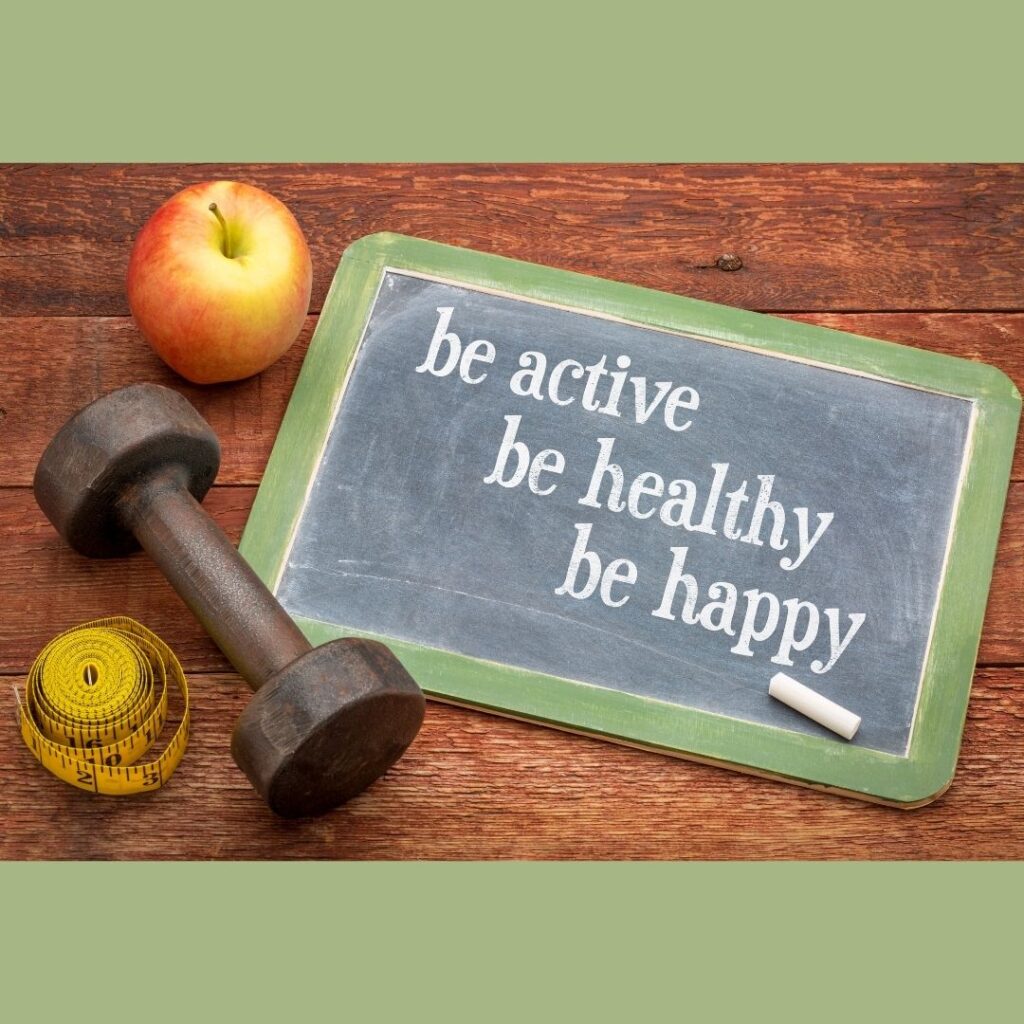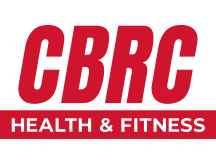BEING ACTIVE WITH OSTEOARTHRITIS
If you are one of the millions of people who have osteoarthritis (OA), being active is an important way to decrease the pain and stiffness that are hallmarks of arthritis. If you avoid physical activity, you’ll get weaker and stiffer, making your joint pain and disability worse. Regular exercise has been shown to reduce pain, improve your ability to do daily activities, and lower your risk of other health problems.
AEROBIC ACTIVITY
Increase heart rate and breathing to build stamina. Build up to 150 minutes/week. Remember some activity is better than none.
What? Any rhythmic, continuous activity.
How Often? 3-5 days a week
How Hard? Fairly light to somewhat hard.
How Much? Begin with a few minutes. Gradually build up to 30 or more minutes over the day.
Aerobic Activity Cautions: A few short sessions may be easier on your joints than one long session. Reduce joint stress by doing different types of aerobic activity in the same session or over the week.
STRENGTH TRAINING
Strength training is an important part of a program for those with arthritis. Strength training helps reverse muscle loss that occurs with arthritis can decrease pain and improves your ability to do recreational and daily activities.
What? Hand weights, resistance bands, weight machines, or bodyweight.
How Often? 2-3 days a week. Rest on in-between days.
How Hard? Start with light effort then build to medium to hard effort. You should feel no pain.
How Much? 10-15 reps to start (for each major muscle group). Build to 8-12 reps and repeat 2-4 times through.
Remember: If you need it, get help from our exercise professionals. They can teach you the right way to do exercises and how to breathe properly.
OTHER TYPES OF PHYSICAL ACTIVITY
Flexibility: Arthritis can limit your flexibility, so exercises to keep your joints from getting stiff are important.
Balance: Walk on a line or on your toes. Stay close to a stable surface or wall for support if needed.
Tai Chi, Yoga, and Pilates: All help improve strength, flexibility, and balance. They also help you relax and reduce pain.
FINAL WORDS
– A few short sessions may be easier on your joints than one long session. Reduce repetitive joint stress by doing different types of aerobic activity in the same session or over the week. It’s more fun!
– Warm up and cool down at an easy pace for 5 to 10 minutes to ease your joints in and out of more vigorous exercise. If your knees “give way,” try activities that are less weight-bearing, such as cycling. Ask your health care provider for help for this, such as a brace.
– Be active in warm water (water exercise or swimming) to take the weight off of painful joints as you move. Walking at a moderate or brisk pace in shallow water builds stamina, coordination, balance, and lower body strength.
– Check your posture (stand tall) and push and pull with your hands.
– If you have pain during an exercise, lower the resistance, use a different position or grip, do fewer repetitions or try a different exercise. Some parts of an exercise may be more or less comfortable as you move.
– To start, focus your movement in the ranges that are more comfortable. Gradually add more range as your pain lessens and you get stronger.
MOVEMENT HEALTH & MOVEMENT FUNCTION
Our Exercise Professionals believe that exercise is medicine and are eager to assist those with osteoarthritis. To get started today call (509) 943-8416 or email morganfewel@my-cbrc.com.
American College of Sports Medicine, Exercise is Medicine accessed December 2020, <https://www.exerciseismedicine.org/>
